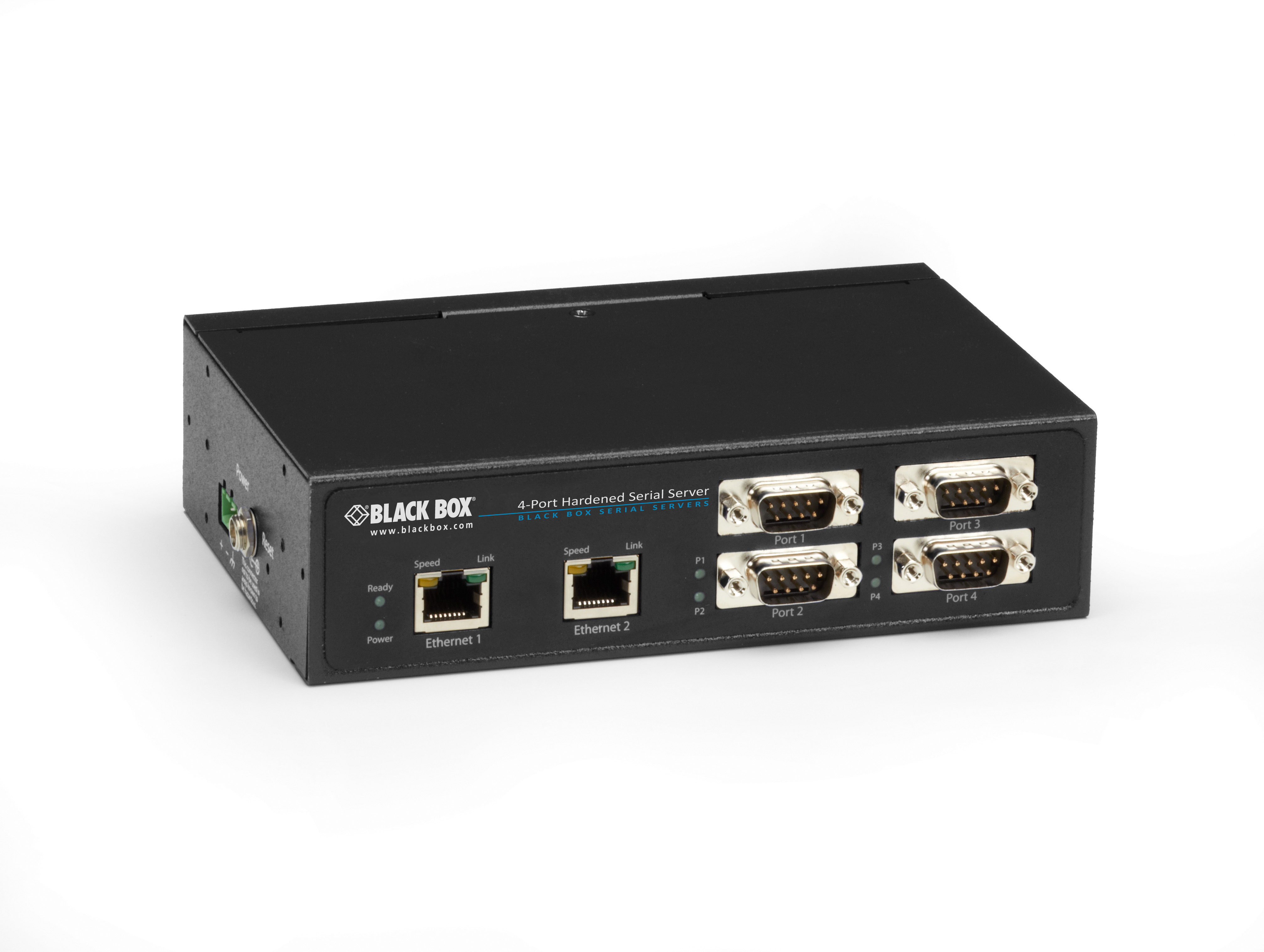Windows Serial Console Server
Getting Console Output and Rebooting Instances Console output is a valuable tool for problem diagnosis. It is especially useful for troubleshooting kernel problems and service configuration issues that could cause an instance to terminate or become unreachable before its SSH daemon can be started.
Serial console access is enabled by default in new Windows Server VMs that are deployed using the Azure marketplace. If you want to use SAC with Windows Server VMs that were deployed before the SAC preview launched, you must manually enable SAC in Windows. Learn to use a serial console on Linux. Using a serial console on Linux is much like using a modem; the technology is virtually identical, but instead of using a modem to dial into a remote system, a special serial cable, called a null-modem cable, is strung between two computers via their serial ports.

Similarly, the ability to reboot instances that are otherwise unreachable is valuable for both troubleshooting and general instance management. EC2 instances do not have a physical monitor through which you can view their console output.
They also lack physical controls that allow you to power up, reboot, or shut them down. Instead, you perform these tasks through the Amazon EC2 API and the command line interface (CLI). Instance Reboot Just as you can reset a computer by pressing the reset button, you can reset EC2 instances using the Amazon EC2 console, CLI, or API. For more information, see. Warning For Windows instances, this operation performs a hard reboot that might result in data corruption. Instance Console Output For Linux/Unix, the instance console output displays the exact console output that would normally be displayed on a physical monitor attached to a computer. The console output returns buffered information that was posted shortly after an instance transition state (start, stop, reboot, and terminate).
The posted output is not continuously updated; only when it is likely to be of the most value. For Windows instances, the instance console output displays the last three system event log errors. You can optionally retrieve the latest serial console output at any time during the instance lifecycle.
This option is only supported on instance types that use the Nitro hypervisor. It is not supported through the Amazon EC2 console. To get console output using the command line You can use one of the following commands. For more information about these command line interfaces, see.
• (AWS CLI) • (AWS Tools for Windows PowerShell) For more information about common system log errors, see. Capture a Screenshot of an Unreachable Instance If you are unable to reach your instance via SSH or RDP, you can capture a screenshot of your instance and view it as an image. This provides visibility as to the status of the instance, and allows for quicker troubleshooting. There is no data transfer cost for this screenshot. The image is generated in JPG format, no larger than 100 KB. To access the instance console • Open the Amazon EC2 console at. • In the left navigation pane, choose Instances.

• Select the instance to capture. • Choose Actions, Instance Settings. • Choose Get Instance Screenshot. Right-click on the image to download and save it.
To capture a screenshot using the command line You can use one of the following commands. The returned content is base64-encoded. For more information about these command line interfaces, see.
Type in your player name and press the OK button.  When the hotel game first opens, the Enter Your Name screen appears.
When the hotel game first opens, the Enter Your Name screen appears.
• (AWS CLI) • (Amazon EC2 Query API) Instance Recovery When a Host Computer Fails If there is an unrecoverable issue with the hardware of an underlying host computer, AWS may schedule an instance stop event. You are notified of such an event ahead of time by email. To recover an Amazon EBS-backed instance running on a host computer that failed • Back up any important data on your instance store volumes to Amazon EBS or Amazon S3. • Stop the instance. • Start the instance. • Restore any important data. For more information, see.
To recover an instance store-backed instance running on a host computer that failed • Create an AMI from the instance. • Upload the image to Amazon S3. • Back up important data to Amazon EBS or Amazon S3. • Terminate the instance.
Linux Serial Console
• Launch a new instance from the AMI. • Restore any important data to the new instance. For more information, see.